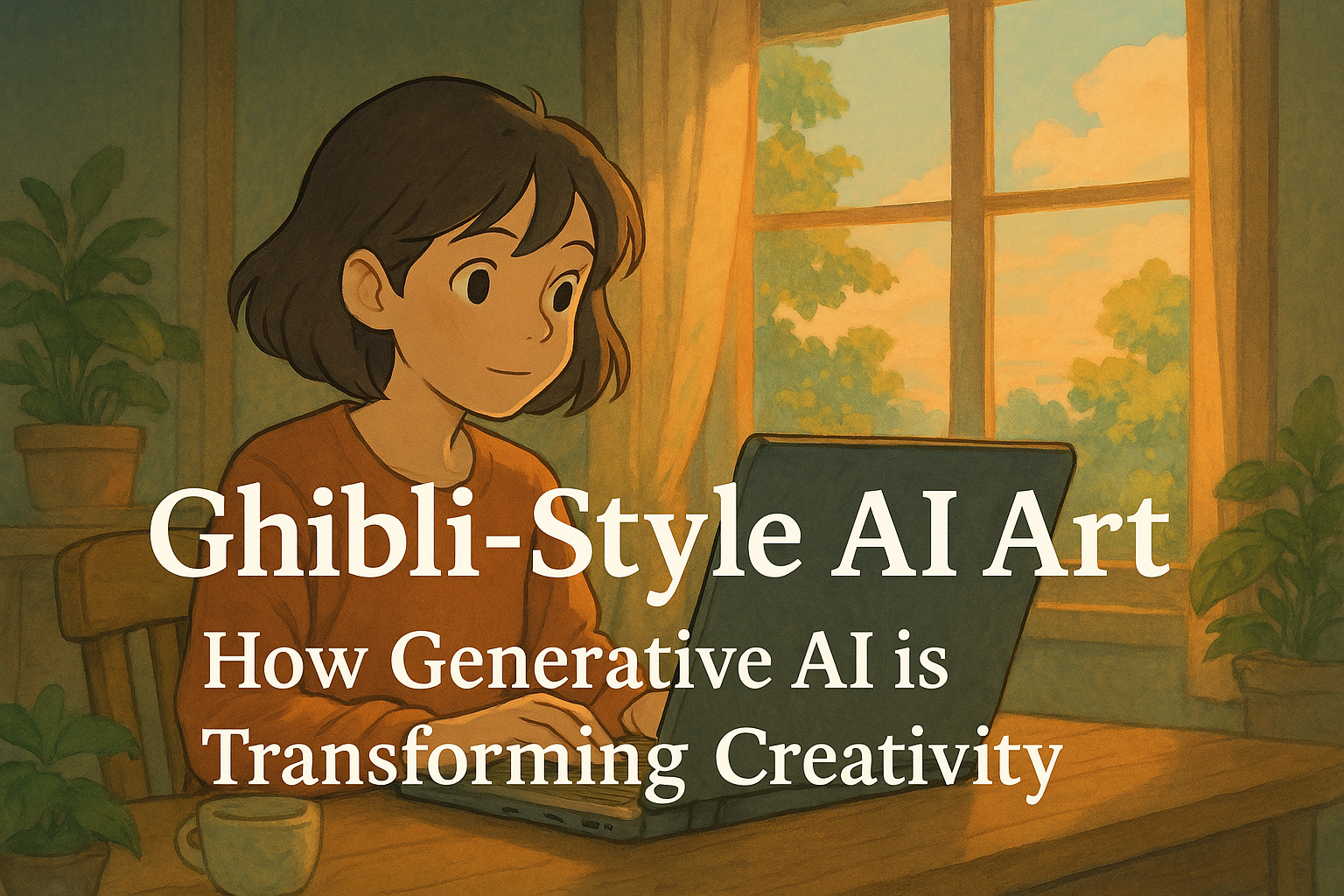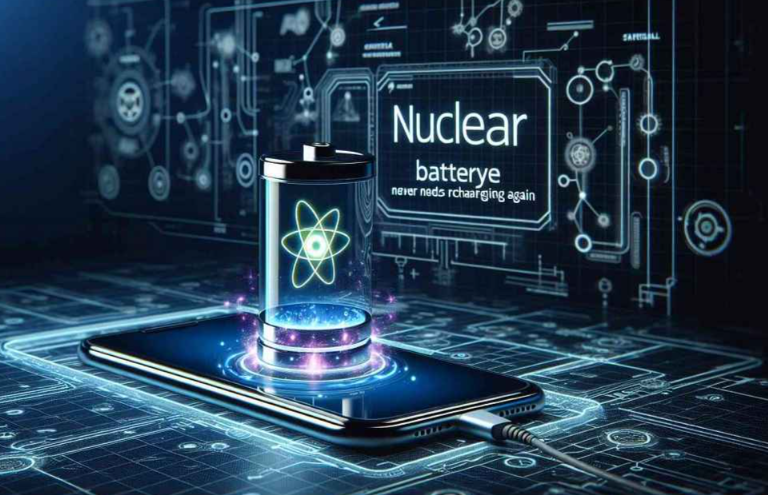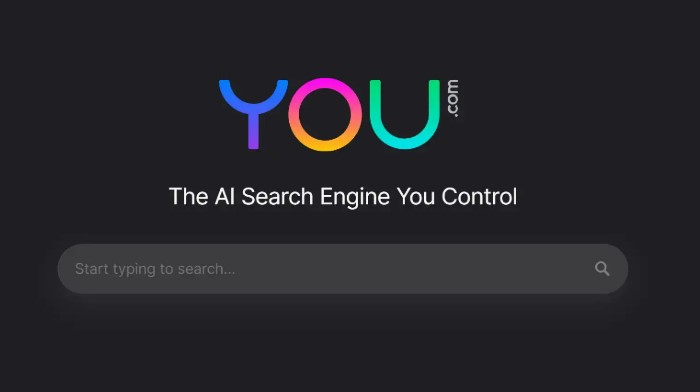Exploring the Enchanting Potential and Perilous Pitfalls of Generative Art
Studio Ghibli, the iconic Japanese animation studio, has captivated audiences worldwide with its breathtaking visuals, heartwarming stories, and deeply resonant themes. From the sprawling forests of “My Neighbor Totoro” to the steampunk fantasy of “Howl’s Moving Castle,” Ghibli’s art style is instantly recognizable and universally admired. Now, with the rise of artificial intelligence (AI), a new phenomenon has emerged: Ghibli AI image generation. These AI models, trained on vast datasets of Ghibli artwork, can create entirely new images in the studio’s distinctive style, opening up exciting possibilities but also raising crucial questions about artistry, copyright, and the future of creative work.
The Allure of the A.I. Ghibli Aesthetic:
The appeal of generating Ghibli-style images is multifaceted. For fans, it offers a unique way to visualize their own ideas and characters within the familiar and comforting world of Ghibli. Imagine creating a personalized portrait in the style of “Spirited Away” or envisioning your pet as a whimsical creature from “Princess Mononoke.” This level of personalization and creative expression is a powerful draw.
Beyond pure entertainment, Ghibli AI art has potential applications in various fields.
- Concept Art and Prototyping: Game developers, animators, and illustrators can use these tools to quickly generate concept art, explore different visual styles, and prototype ideas for their projects. Imagine a game designer using Ghibli AI to quickly visualize different environments and character designs for a new fantasy RPG.
- Educational Purposes: These AI models can be used to study and analyze the artistic techniques of Studio Ghibli. By observing how the AI replicates the studio’s signature style, students and artists can gain a deeper understanding of its principles of composition, color palette, and character design.
- Accessibility and Inclusivity: For individuals with disabilities who may struggle with traditional artistic techniques, AI image generation provides an accessible avenue for creative expression. It democratizes art creation, allowing anyone to bring their visions to life regardless of their physical limitations.
- Content Creation and Marketing: Businesses and marketers can leverage Ghibli AI to create engaging visual content for social media, advertising campaigns, and website design. The recognizable and beloved style can attract attention and create a positive association with their brand.
The Magic Behind the Machine: How Ghibli AI Works:
Ghibli AI image generation relies on a sophisticated technology called Generative Adversarial Networks (GANs). GANs consist of two neural networks: a generator and a discriminator.
- The Generator is responsible for creating new images based on the input it receives (e.g., a text prompt or a rough sketch).
- The Discriminator acts as a critic, evaluating the generated images and trying to distinguish them from real Ghibli artwork.
Through a process of continuous feedback, the generator learns to produce increasingly realistic and convincing Ghibli-style images, while the discriminator becomes better at identifying fakes. This adversarial relationship pushes both networks to improve, resulting in high-quality generated artwork.
To train these GANs effectively, developers feed them massive datasets of Ghibli artwork, including character designs, backgrounds, and promotional materials. The AI algorithms analyze these images, learning the underlying patterns, textures, and color schemes that define the Ghibli aesthetic.
The Shadows in the Forest: Potential Harms and Ethical Considerations:
While the potential benefits of Ghibli AI image generation are undeniable, it’s crucial to acknowledge the potential harms and ethical dilemmas it presents.
- Copyright Infringement and Artistic Integrity: The most pressing concern is the violation of copyright. Studio Ghibli’s artwork is protected by copyright law and using it to train AI models without permission constitutes infringement. Generating images in the Ghibli style, even if they are original compositions, raises questions about whether they infringe on the studio’s intellectual property. Beyond legal considerations, there’s the ethical issue of artistic integrity. Are these AI-generated images truly “art,” or are they merely imitations devoid of the human emotion and intention that underpin genuine artistic creation?
- Displacement of Human Artists: As AI tools become more sophisticated, there’s a growing fear that they will displace human artists. If businesses can generate high-quality artwork cheaply and easily using AI, they may be less likely to hire human illustrators, animators, and designers. This could lead to job losses and a devaluation of artistic skills.
- Misinformation and Deepfakes: The ability to generate realistic images in the Ghibli style could be used to create deceptive or
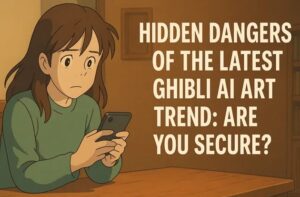 misleading content. Imagine AI-generated propaganda videos featuring Ghibli-esque characters or fake news stories illustrated with seemingly authentic Ghibli artwork. This could erode public trust and make it more difficult to distinguish between real and fake information.
misleading content. Imagine AI-generated propaganda videos featuring Ghibli-esque characters or fake news stories illustrated with seemingly authentic Ghibli artwork. This could erode public trust and make it more difficult to distinguish between real and fake information. - Erosion of Individuality and Originality: If everyone has access to the same AI tools, there’s a risk that art will become homogenized and lacking in originality. Artists may be tempted to rely on AI to generate ideas and styles, leading to a decline in creativity and a loss of individual expression.
- Algorithmic Bias: AI models are trained on data, and if that data reflects existing biases, the AI will perpetuate those biases in its output. This means that Ghibli AI models could inadvertently generate artwork that reinforces harmful stereotypes or excludes certain groups of people.
Navigating the Moral Compass: Responsible Development and Usage:
To mitigate the potential harms of Ghibli AI image generation, it’s essential to adopt a responsible and ethical approach to its development and usage.
- Transparency and Attribution: AI-generated images should be clearly labeled as such, and the AI model and the data used to train it should be transparently disclosed. This will help users understand the origin of the artwork and avoid misattributing it to human artists.
- Respect for Copyright and Intellectual Property: Developers should obtain permission from copyright holders before using their artwork to train AI models. If permission is not granted, they should avoid using copyrighted material altogether.
- Support for Human Artists: Businesses and organizations should prioritize hiring human artists and designers, even if AI tools are available. They can use AI to augment their creative processes, but not to replace human talent entirely.
- Education and Awareness: It’s crucial to educate the public about the capabilities and limitations of AI image generation. This will
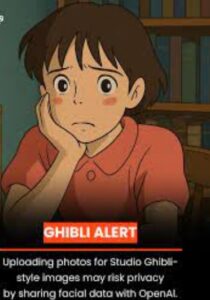 help people develop critical thinking skills and avoid being deceived by AI-generated content.
help people develop critical thinking skills and avoid being deceived by AI-generated content. - Regulation and Policy: Governments and industry organizations may need to develop regulations and policies to address the ethical and legal challenges posed by AI art. These regulations should focus on protecting copyright, preventing misinformation, and ensuring fair competition.
- Focus on Augmentation, Not Replacement: The focus should shift from using AI to entirely replace human artists, to using it as a tool to augment their creativity and efficiency. Think of AI as a digital assistant that can help artists explore new ideas, generate variations, and streamline their workflow.
The Future of Ghibli AI: A Harmonious Balance:
The development of Ghibli AI image generation is still in its early stages, and its future remains uncertain. However, by addressing the ethical challenges and promoting responsible development and usage, we can harness the potential of this technology to enhance creativity, democratize art creation, and inspire new forms of expression.
The key lies in finding a harmonious balance between technological innovation and human artistry. AI should be seen as a tool that empowers artists, rather than a threat to their livelihoods. By fostering a culture of collaboration and respect, we can ensure that the whimsical world of Ghibli AI remains a source of wonder and inspiration for generations to come. The challenge is not to stop the advance of AI, but to guide its development in a way that benefits society as a whole, preserving the magic of human creativity amidst the rise of the machines.

